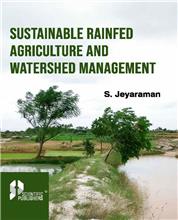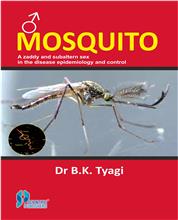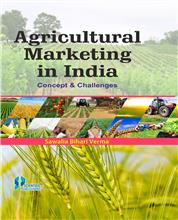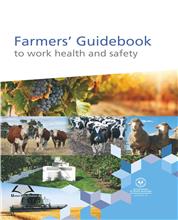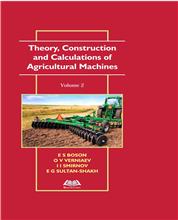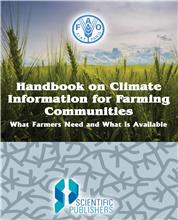1 Biopesticides: Spring board to environment and food security - G. S. Dhaliwal, Opender Koul, Sucheta Khokhar and Ram Singh
2 Attracting predators and parasitoids using herbivore induced plant volatiles (HIPVs) and maximizing their impact with nectar rewards- G. M. Gurr, M. Simpson and S. D. Wratten
3 Insect pheromone technology: A vigorous tree of science blessed with a variety of evergreen branches, including nanotechnology - Hans E. Hummel and Detlef F. Hein
4 Role of semiochemicals in biopesticide research and pest management - S, Narasimhan, S. Kannan and Sreeraj Gopi
5 Deployment of transgenic crops for pest management: Ecolog-ical considerations and their biosafety to the environment - H. C. Sharma
6 Bacterial toxins and their application in insect pest management - M. Nagesh, Seema Wahab, Saleem Javeed and R. Thippeswamy
7 Genetic improvement of bioagents for pest management in agriculture- Mukesh K. Dhillon
8 Developments in the genetic improvement of entomopathogenic nematodes- Vikas Jindal, Harit K. Bal, Ruisheng An and Parwinder S. Grewal
9 Protease inhibitors as biopesticides: Potential and constraints - Neha Khandelwal, Rakesh S. Joshi, Vidya S. Gupta and Ashok P. Giri
10 Botanical biopesticides in pest management: Potential and constraints- Suresh Walia, Deva Kumar and Opender Koul
11 Pesticidal plants: A viable alternative insect pest management approach for resource-poor farming in Africa - Philip C. Stevenson, Stephen P. Nyirenda, Brighton Mvumi, Phosiso, Sola, John, F. Kamanula, Gudeta Sileshi and Steven R. Belmain
12 Biologically based stored product insect pest management - Thomas W. Phillips
13 From the laboratory to field: Entomopathogens, their success and limitations for widespread use - Surendra K. Dara
14 Registration related issues in effective use of biopesticides in pest management - O. M. Bambawale and Someshwar Bhagat
15 Acarines as biocontrol agents in pest management - Rachna Gulati
16 Plant growth promoting rhizomicroorganisms and plant health management - Suseelendra Desai and Y. R. Sarma
17 Endophytic fungal entomopathogens in insect pest management systems - V. Ambethgar
18 Biofungicides: Current scenario and future prospects in the management of plant diseases - Jaspal Kaur and Rama S. Singh
19 Three decades of research on botanical biopesticides in Canada: 1980-2010 - Rita Seffrin and Murray B. Isman
20 Biopesticides in Africa: Current status and future potential - S. Facknath and B. Lalljee
21 Biopesticides for pest management in Thailand: Prospects and constraints.- Vasakorn Bullangpotti and Opender Koul
Index


